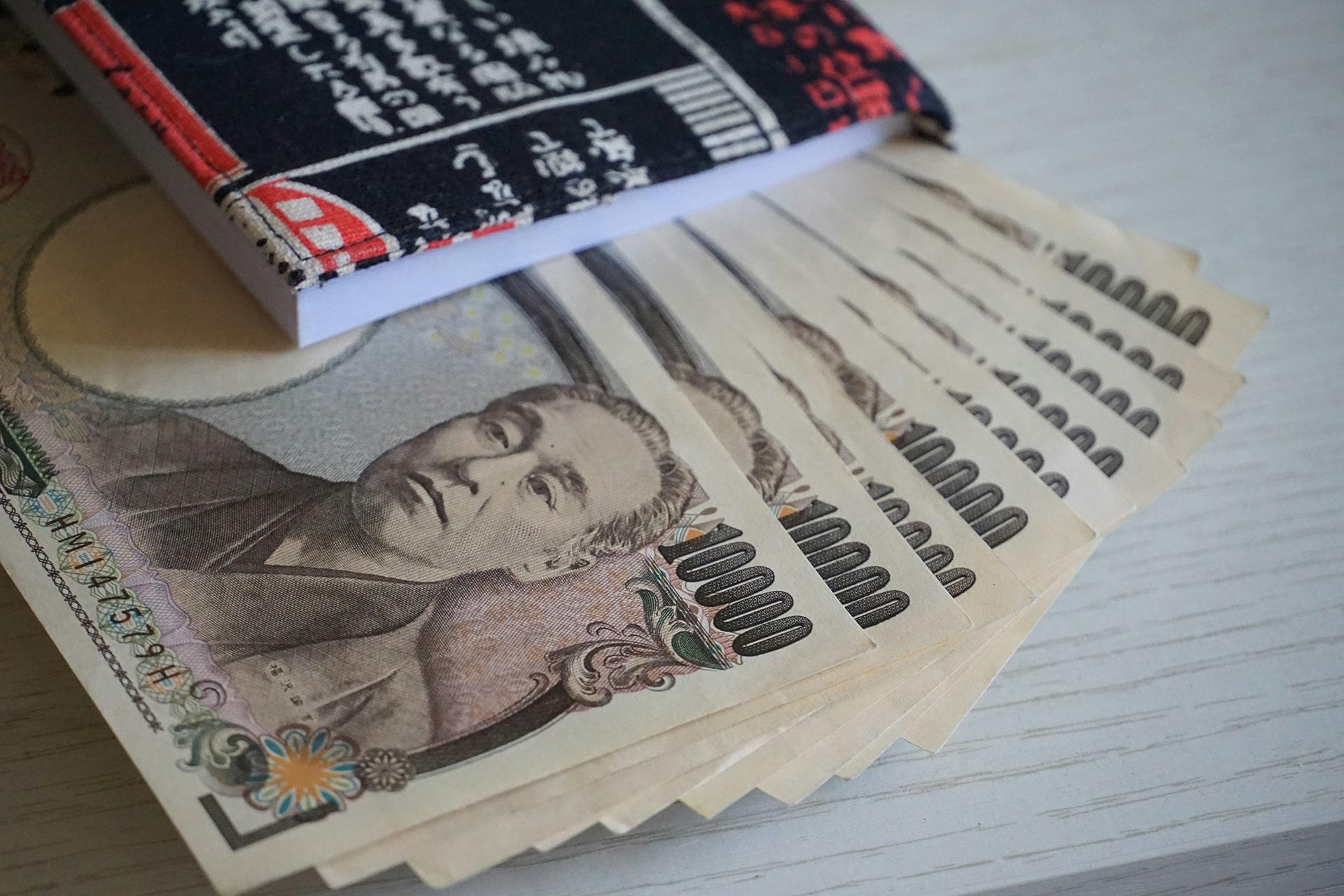From Hello Kitty to missiles, fifth of Japan firms reap record profits

Despite headwinds, 20% of listed companies reach new heights in first-half earnings.
One in five Japanese listed companies reported record profits for the first fiscal half that ran from April to September, despite economic headwinds, a Nikkei tally shows.
Some 248 companies posted record earnings while overall corporate earnings slowed due to a sluggish Chinese economy and other factors. Companies that tapped growing demand for power infrastructure and defense equipment, and those that catered to foreign visitors, fared especially well.
First half data announced by November 8 at approximately 1,300 non-financial companies with fiscal years ending in March was compiled. Companies with record net profits stood at 19.7%, down 1.5 percentage points from the same period last year.
Companies involved in the power infrastructure sector performed well. Demand for electricity for data centers is growing rapidly as cloud computing and generative artificial intelligence are adopted. According to the International Energy Agency, global electricity demand due to artificial intelligence and data centers is expected to grow 130% from 2022 to 2026.
Net profit at Fuji Electric increased 46% in the first half for the fourth straight year. Systems that provide a stable power supply of electricity to data centers sold well. Meidensha also posted its highest profit in 33 years on increased sales of substation equipment in Asia and Europe.
Companies engaged in electrical installation work also did well. Kandenko is receiving increasing orders related to renewable energy projects and semiconductor fabs.
The defense sector also saw high profits. Orders for fighter jets and missiles have surged as the government increased defense spending. IHI posted its highest profit in six years for a first half. Mitsubishi Heavy Industries saw a 17% profit increase. In addition to defense-related products, gas turbines for power generation also grew.
Companies that cater to foreign tourists also saw strong performances. Kotobuki Spirits, headquartered in Tottori Prefecture, posted its highest first half profit for the second straight year on the back of increased sales of souvenir confections at airports and other locations. Keisei Electric Railway saw heavy use of routes serving Narita Airport.
Other companies with unique business models and strong customer bases have also performed well. Sanrio achieved its highest profit in 25 years on growth in its licensing business that includes Hello Kitty, which is celebrating its 50th anniversary, in the US and Asia. Obic achieved its highest profit for the fourth consecutive year due to strong sales of integrated enterprise resource planning systems.
Makita, Japan’s leader in power tools, posted its highest first-half profit in three years, while Morita Holdings, with strength in firefighting vehicles, posted its highest in five years. Nippon Sanso Holdings, which holds a 40% share of the domestic industrial gas market, and JVCKenwood, which has a strong commercial wireless business in North America, also saw profit growth.
“Companies that have their own brands or strengths in niche areas are less susceptible to economic downturns and can maintain stable growth,” said Masahiro Ichikawa, chief market strategist at Sumitomo Mitsui DS Asset Management.
But overall performance has slowed. As of November 8, total first-half net income for companies listed on the Tokyo Stock Exchange’s Prime market fell 5% on the year, the first decline in four years. Manufacturing industries such as automotives and steel are struggling with the sluggish Chinese economy and other factors. The manufacturing sector saw an 8% profit decline.
“Although Japanese companies are facing headwinds, the US economy is firm and the yen is at weak levels. Profit growth in the single-digit range is likely in the current fiscal year,” said Kenji Abe, chief strategist at Daiwa Securities.
#CorporateEarnings #JapaneseEconomy #BusinessTrends #ProfitGrowth #EconomicResilience #Ifvex


